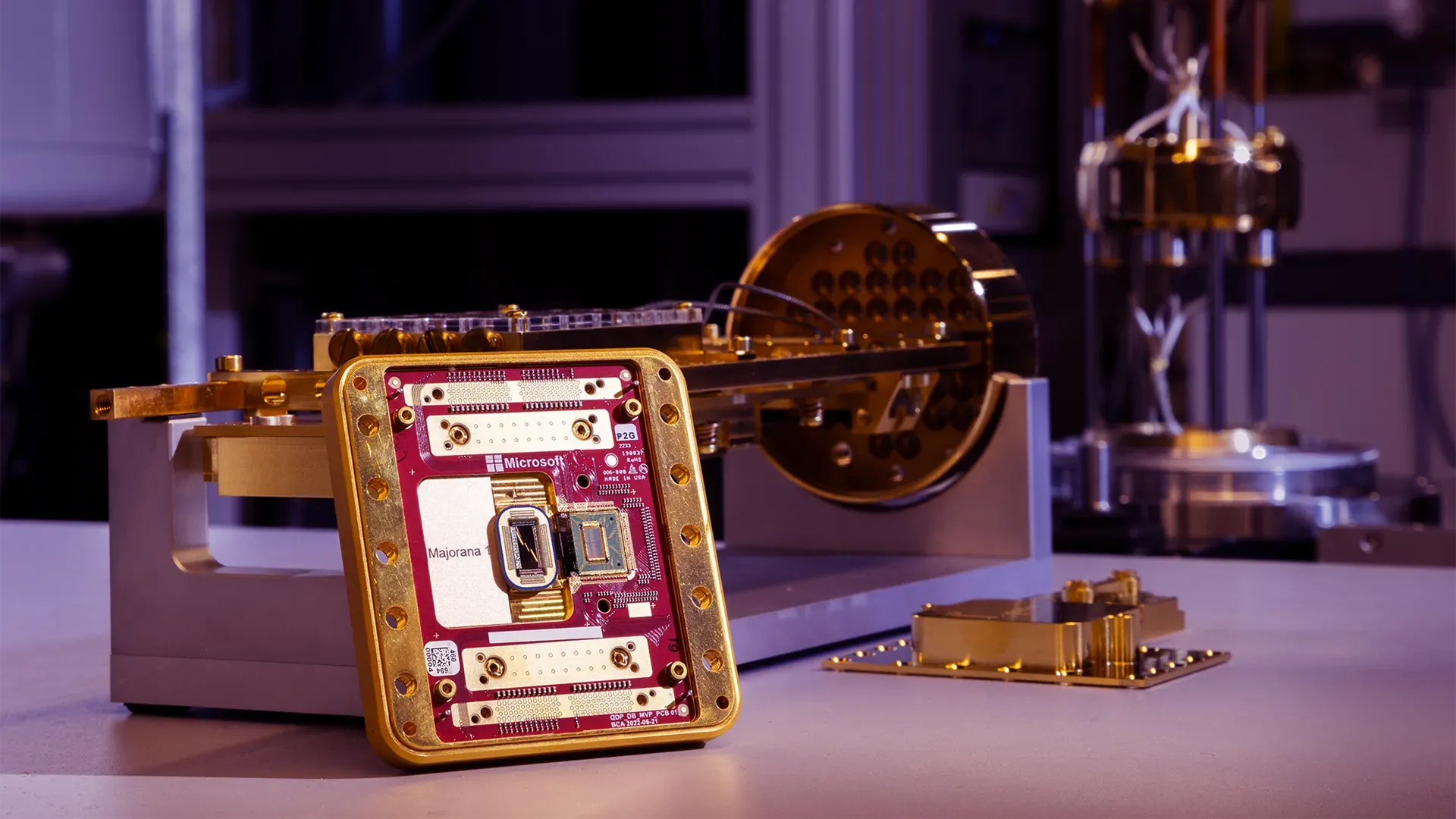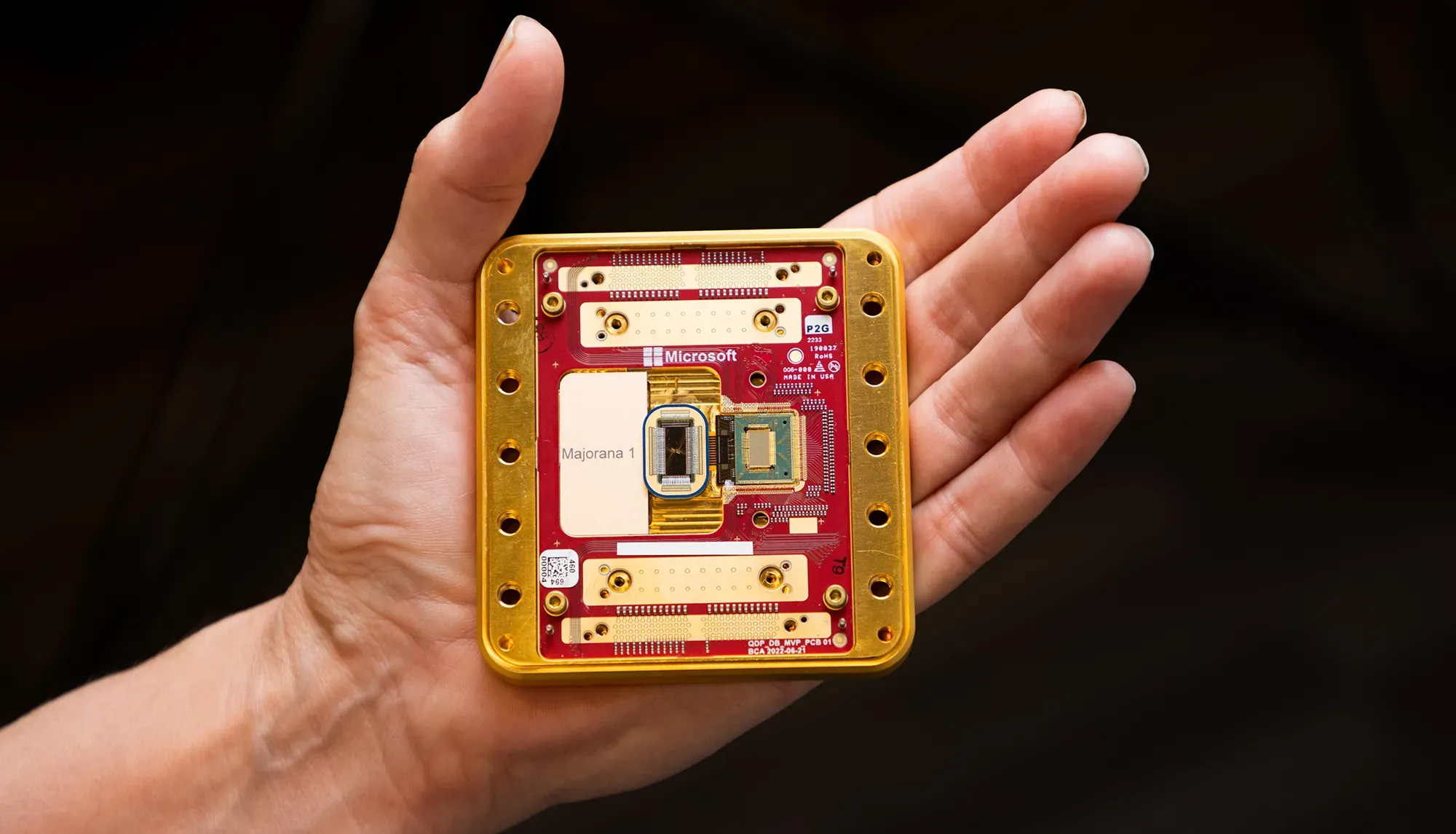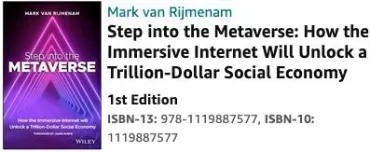The Majorana Qubit: The Start of the Quantum Age

In 1981, Nobel Prize-winning physicist Richard Feynman posed a provocative question that would ripple through the decades: Can physics be simulated by a universal computer? The answer to his thought experiment wasn’t found in the binary world of classical computing (although the open-source platform Genesis we just discussed does seem to achieve that feat) but in the strange, fluid reality of quantum mechanics. Feynman’s musings gave birth to quantum computing, a technology capable of harnessing the counterintuitive principles of superposition, entanglement, and interference to solve problems deemed insurmountable by traditional systems.
Today, that vision is no longer theoretical. The quantum revolution is knocking on our door, promising breakthroughs that challenge everything we know about computation, cryptography, optimization, and even our understanding of reality itself. Like a bridge between classical constraints and infinite possibility, quantum computing is poised to reshape the systems underpinning healthcare, finance, logistics, cybersecurity, and climate science. But as with any leap forward, the question remains: Are we ready for the exponential consequences of this quantum moment?
The Quantum Era
However, quantum computing has long been held back by a fundamental flaw; qubits are fragile. In traditional quantum architectures, the delicate nature of qubits means they are highly prone to errors caused by even the slightest environmental interference. The dream of a practical, large-scale quantum computer has remained just that, a dream, because existing systems require immense error correction just to keep calculations from falling apart. At the end of 2024, Google revealed a breakthrough in quantum error correction with their Willow chip, but Microsoft’s Majorana 1 chip changes the equation entirely.
Instead of chasing the same fragile, error-prone qubits as its competitors, Microsoft has spent 17 years developing a fundamentally different approach. If they’re right, quantum computing could shift from theory to industrial-scale reality within years, not decades.
At its core is the Majorana qubit, a radical departure from conventional quantum computing designs. It is a topological qubit, built on Majorana fermions, exotic quantum particles theorized in 1937 by Ettore Majorana, an Italian theoretical physicist, and now harnessed through Microsoft’s breakthrough topoconductor material.
Unlike traditional superconducting or trapped-ion qubits, which exist in localized quantum states, Majorana qubits rely on non-Abelian anyons, exotic quantum particles that encode information in a non-local manner. This means that rather than storing data in a single, fragile quantum state, the Majorana qubit distributes its quantum information across multiple entangled states, making it naturally resistant to disturbances. The result is an entirely new class of qubits that dramatically reduces error rates, paving the way for scalable quantum computation. If traditional quantum computers are like sandcastles easily washed away by noise, the Majorana qubit is a fortress built into the rock, offering unprecedented stability in the chaotic quantum world.
The Topological Superconductor: A Material Unlike Any Other
To achieve this breakthrough, Microsoft had to do something that had never been done before: engineer a completely new state of matter. Enter the topological superconductor, a revolutionary material that makes the Majorana qubit possible. Unlike ordinary superconductors, which allow electrical current to flow without resistance, a topological superconductor also enables the formation and manipulation of Majorana fermions, particles that exist as their own antiparticles. These Majorana states are the key to unlocking quantum stability, providing a fault-tolerant foundation for computing at an unprecedented scale.
The creation of this material required a level of precision beyond anything in classical computing. Microsoft’s researchers designed the topoconductor atom by atom, combining indium arsenide and aluminum in a way that coaxed Majorana particles into existence. Something never before achieved in a stable, controllable manner. This is not just an advancement in computing; it is a fundamental shift in physics. With this discovery, Microsoft has redefined how we build quantum computers and laid the groundwork for entirely new fields of material science and condensed matter physics.
For decades, quantum computing has been filled with theoretical promises, but the real challenge has always been scaling the technology beyond a few unreliable qubits. The Majorana 1 chip, powered by this topological breakthrough, changes that. It offers a clear path to a million-qubit processor, one that can fit in the palm of a hand yet perform calculations beyond the reach of all classical computers combined. If this technology delivers on its promise, it won’t just accelerate computation, it will redefine what’s computationally possible.
What Makes Majorana 1 Different?
For years, quantum computers have been limited to highly specialized research problems. Majorana 1 aims to change that by making quantum computing reliable, scalable, and cost-effective enough to tackle real-world, industrial challenges.
1. Topoconductors Provide Built-in Error Protection: Traditional qubits require thousands of error-correcting qubits for every logical qubit. Microsoft’s topological qubits intrinsically resist errors, reducing the overhead needed for correction.
2. Scalability, A Million Qubits on a Single Chip: Microsoft has developed a materials stack using indium arsenide and aluminum that allows Majorana qubits to be packed densely onto a chip. This breakthrough offers a clear roadmap to a million-qubit processor, a scale needed for real-world applications.
3. Digital Control Over Qubits: Unlike other architectures that rely on precisely tuned analog signals, Microsoft’s topological qubits can be controlled digitally, simplifying operations and accelerating scalability.
4. Integration with Classical Computing & AI: Majorana 1 is designed to integrate seamlessly with Microsoft’s Azure Quantum platform, combining quantum with AI and high-performance computing for practical applications.
Microsoft’s approach has not gone unnoticed. DARPA, the U.S. agency responsible for breakthrough military and defense technologies, has invited Microsoft to the final phase of its US2QC program, which aims to develop the first fault-tolerant, utility-scale quantum computer. This positions Microsoft ahead of IBM, Google, and other competitors, as it pursues a strategy with fewer known scalability bottlenecks.
Instead of struggling to correct qubit errors at massive cost, Microsoft’s topological qubits inherently resist errors, making their approach more viable for large-scale deployment.
Why This Matters: The Dawn of Industrial-Scale Quantum Computing

The real promise of quantum computing lies in its ability to address problems that classical systems cannot solve. These are challenges so vast, interconnected, or data-intensive that they have remained beyond reach, until now.
When Dr. Christopher Ballance from Oxford University states that quantum computing will make things "happen better," he's not just making a bold prediction, he's describing a fundamental shift in how we process information. The quantum revolution represents more than just faster computers; it marks humanity's first steps into manipulating the fabric of reality itself to solve our most pressing challenges.
- Materials Science & Self-Healing Materials: Quantum simulations could design materials that repair cracks in bridges, airplane parts, or phone screens—revolutionizing construction, aerospace, and manufacturing.
- Breaking Down Microplastics & Tackling Climate Change: A million-qubit quantum processor could find catalysts to break down pollutants into harmless byproducts or develop sustainable alternatives to plastic.
- Revolutionizing Drug Discovery & Healthcare: Quantum simulations could map molecular interactions at an atomic level, leading to custom drugs, enzyme-driven treatments, and even solutions for antibiotic resistance.
- Next-Generation Cryptography & Cybersecurity: Current encryption relies on the difficulty of factoring large numbers, a problem quantum computers could solve in seconds. However, Majorana 1 could also help create quantum-resistant encryption, securing digital infrastructure.
Another often-overlooked domain is advanced materials. AI-driven simulations combined with quantum computing could enable atomic-level manipulation of matter, producing aerospace materials or revolutionary semiconductors. These breakthroughs might pave the way for ultra-efficient energy storage, lightweight hyper-durable construction, and entirely new industries.
Quantum computing’s impact extends to industries reliant on optimization. In finance, quantum algorithms will enable hyper-precise risk analysis, portfolio management, and fraud detection, revolutionizing how markets are modeled and managed. For logistics, route optimization, an otherwise unsolvable problem with millions of variables, can be solved instantly, reducing emissions and costs for global supply chains.
The Quantum Moment: A Future Rewritten

For decades, quantum computing has been a battleground of bold promises and incremental progress. With Majorana 1, Microsoft is making a high-stakes bet: that a radically different qubit design will transform quantum computing from a distant dream into a reality within years, not decades. If they succeed, we won’t just compute faster; we will transition from approximation to precision engineering at the atomic scale, unlocking new realms of discovery. But will this topological qubit architecture truly scale as Microsoft envisions? Are we standing at the threshold of the long-awaited quantum revolution, or is this another chapter in the cycle of hype?
Yet, technological breakthroughs are never just about engineering. They shape economies, societies, and power structures. Quantum computing’s immense potential comes with profound ethical and geopolitical questions. Who will control access to these resources? Will quantum breakthroughs accelerate global inequality, favoring the few who have the infrastructure to wield them? Or can we ensure that this quantum leap is used to tackle humanity’s most pressing challenges, from designing life-saving drugs to mitigating climate change?
The real question is no longer whether quantum computing will reshape the world, but how we will shape its impact. It challenges us to think exponentially, collaborate across industries, and prepare for a future where the boundaries of possibility are rewritten. This is not just about faster calculations, it is about redefining what we can solve, build, and become. Like upgrading from paper maps to Google Maps, but for the fundamental mysteries of the universe, quantum computing is the key to a world we have yet to imagine. The path ahead remains uncertain, but one truth is clear: this is our quantum moment.





